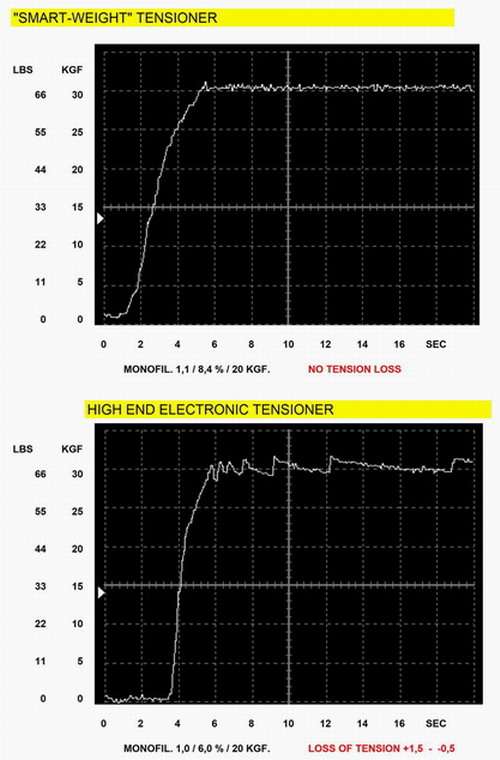HitItHarder
Semi-Pro
I am trying to find out what features people feel are most important on a stringing machine for someone in my situation. Basically I am looking at two options - (1) a higher end drop weight or (2) a more basic lock out crank.
I am a complete novice when it comes to stringing, although I am pretty handy, mechanically inclined, etc. This will be my first machine of any kind. I have watched YULitle's videos and messed around with a friend's Silent Partner Maestro, but that is about it. I am getting the machine to just string for myself, my wife, my daughters, and maybe a couple friends. It is more or less to save me money rather than any attempt to make money by stringing for other people. I doubt I will ever string more than five or ten racquets a month.
The machines I am looking at all have fixed clamps and six-point mounts.
The drop weight is a portable table-stand model and the biggest difference is it has (1) spring assisted clamp bases and (2) a disk brake.
The lock out crank is on a floor stand and has (1) cone locking clamp bases and (2) a screw type brake.
Is getting the lock out crank worth giving up the spring assisted clamps and the disk brake (we use Head racquets so no O-ports)? I am not opposed to the drop weight, I just haven't ever used one before. I more or less just want the best machine for someone like me to do consistent quality string jobs.
Thanks.
I am a complete novice when it comes to stringing, although I am pretty handy, mechanically inclined, etc. This will be my first machine of any kind. I have watched YULitle's videos and messed around with a friend's Silent Partner Maestro, but that is about it. I am getting the machine to just string for myself, my wife, my daughters, and maybe a couple friends. It is more or less to save me money rather than any attempt to make money by stringing for other people. I doubt I will ever string more than five or ten racquets a month.
The machines I am looking at all have fixed clamps and six-point mounts.
The drop weight is a portable table-stand model and the biggest difference is it has (1) spring assisted clamp bases and (2) a disk brake.
The lock out crank is on a floor stand and has (1) cone locking clamp bases and (2) a screw type brake.
Is getting the lock out crank worth giving up the spring assisted clamps and the disk brake (we use Head racquets so no O-ports)? I am not opposed to the drop weight, I just haven't ever used one before. I more or less just want the best machine for someone like me to do consistent quality string jobs.
Thanks.





